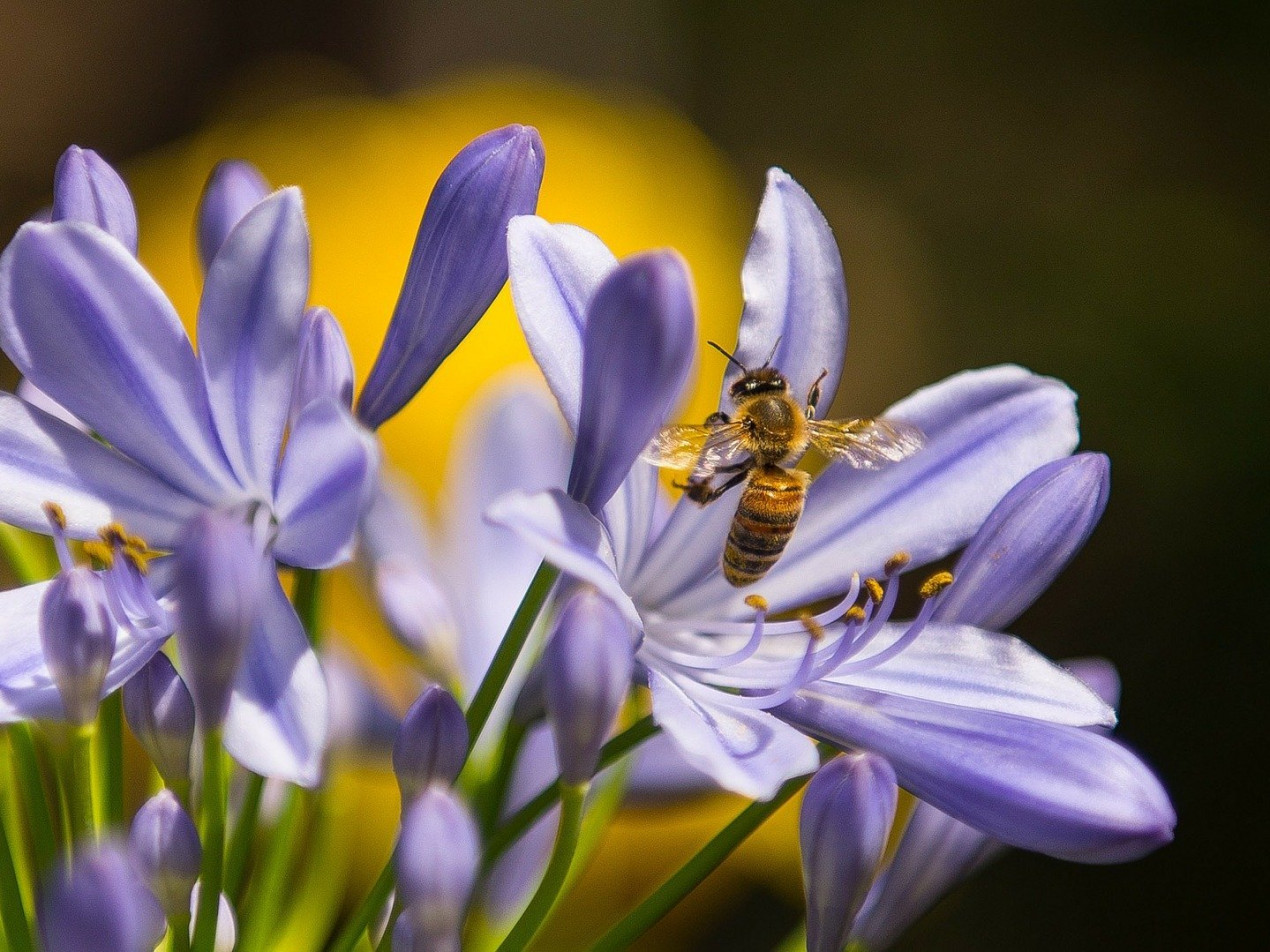We're here to help

Step-by-step: Treating your pet's bee and wasp stings at home
Curious dogs and cats are at risk of getting stung by bees and wasps. Stings can be irritating and painful but in many cases you won’t need to take your pet to the vet. However, you should contact your vet or call your nearest emergency vet if they:
- have been stung in the mouth or throat
- have been stung multiple times
- are showing signs of an allergic reaction or anaphylactic shock (significant swelling to the face, trouble breathing or collapse)
If your dog has been stung but is not suffering a bad reaction you can treat it at home by following the steps below:

What should I do if my pet is stung by a bee or wasp?
1. Restrain your pet
Make sure that they can’t accidentally hurt you if you touch an area that is painful or uncomfortable. This is usually best done on the floor on a non-slip surface with an assistant to help you where possible.
2. Remove the stinger
Remove the stinger by scraping a credit card over the affected area (wasps and hornets don’t leave stingers behind). Don’t use tweezers or your nails as you could end up squeezing more venom into your dog.
3. Soothe
Soothe the area around the bite by bathing it in cool water.
4. Neutralise
Use bicarbonate of soda to neutralise bee stings (which are acidic) and vinegar on wasp stings (which are alkaline).
5. Ice
Apply an ice pack wrapped in a clean tea towel (or a bag of frozen vegetables or cold damp towel) to the affected area for around 10 minutes.
6. Don’t give medication
Only ever give your pet antihistamines if directed to do so by a vet.
7. Look out for reactions
If your dog suffers an allergic reaction or severe swelling, contact your vet or your nearest emergency vet for advice.

